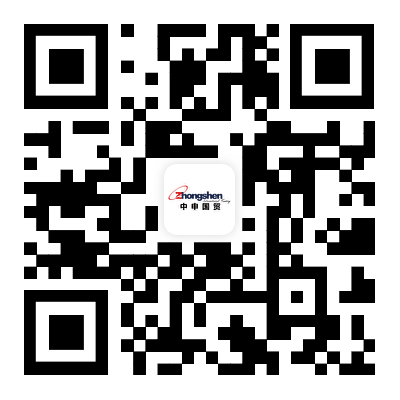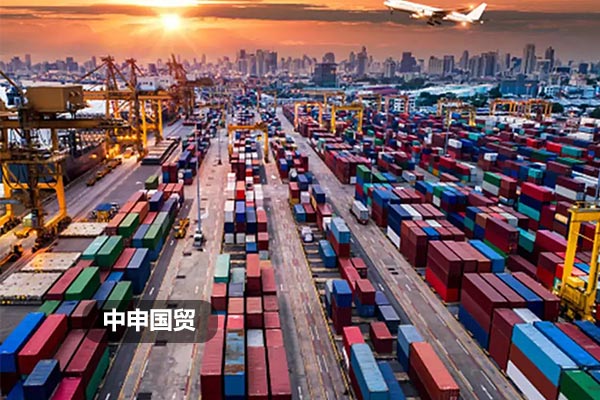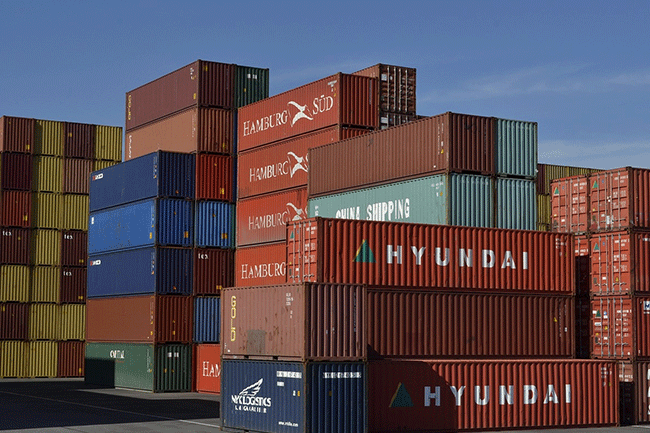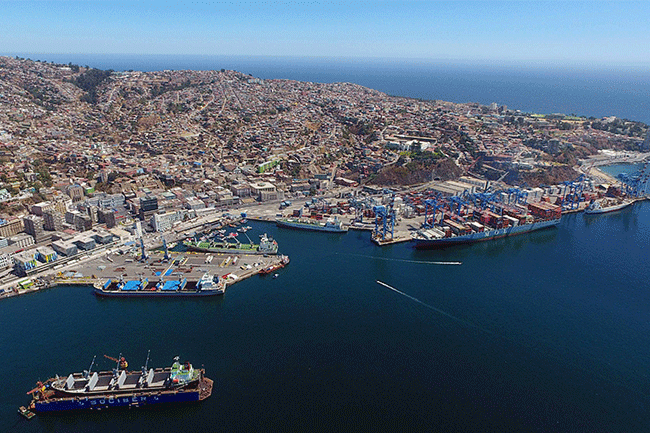- Shanghai Zhongshen International Trading Co., Ltd. – Your reliable partner with 20 years of import/export agency service expertise.

I. International Landscape and Market Opportunities for Italian Imported Cake Trade
In recent years, withChina-Europe Railway ExpressAs normalized operations and the implementation of the EU-China Geographical Indications Agreement take hold, awareness of—and demand for—Italian specialty foods in the Chinese market continue to climb. As one of the birthplaces of global baking, Italian cakes are celebrated for their natural ingredients (e.g., Sicilian pistachios, Neapolitan almonds) and time-honored techniques (e.g., tiramisu, panettone), and are now becoming staples in China’s high-end restaurants, boutique supermarkets, andCross-border E-commercehot-selling items. According to China Customs data, Italy’s baked-goods import value rose 21 % year-on-year from January to October 2023, with pre-packaged cakes surging 28 %, underscoring significant market potential. However, it should be noted that the EU’s compliance requirements for food exports are becoming stricter, compounded byInternational LogisticsCost fluctuations and exchange-rate risk, professionalforeign tradeThe importance of proxy services has become increasingly prominent.
II. Document Processing: The Core Professional Barrier for Cake Import Agents
In the imported cake business, the completeness and accuracy of documentation directly determine customs clearance efficiency and compliance risk.Zhong Shen International Trade Co., Ltd.As a professional agent, focus on controlling the following documentation stages:
- Basic commercial documents: Rigorously review the commercial invoices provided by suppliers (which must list product ingredients, specifications, and unit prices) and the packing lists (which must indicate gross/net weight and packaging methods) to ensure 100% alignment with contract terms;
- Official Certified Documents: Assist the client in requesting from the Italian exporter the Official Health Certificate issued by an EU member state (HACCP or BRC certification may be provided as supplementary).Origin Certificate》(EUR.1 format, certifying that over 80 % of the raw materials and processing were completed in Italy);
- Transport-related documents: Coordinate with the shipping line/airline to issue a clean B/L under the trade term (e.g., CIF Milan), and simultaneously arrange an insurance policy (covering risks of breakage and deterioration during transit, typically All Risks plus Refrigerated Cargo Additional Coverage);
- Domestic customs clearance documents: Complete the pre-entry customs declaration in advance, prepare the filing certificate for the consignee of imported food, and the import animal and plant quarantine permit (if it contains sensitive ingredients such as dairy products or nuts), and conduct a pre-audit of the Chinese label (which must indicate ingredients, production date, storage conditions, etc.).
It is worth emphasizing that any “discrepancy” in a single document (e.g., the certificate of origin lacking the official EU endorsement, or an expired sanitary certificate) may trigger customs rejection, resulting in demurrage fees (approximately USD 500–1,000 per day) and the risk of product spoilage. Leveraging ten years of experience in food imports, Zhongshen International Trade has established a “three-tier review mechanism” (initial review by the sales rep, secondary check by the documentation supervisor, and final approval by the compliance department) to ensure a zero-error rate in documentation.
3. Logistics Services: End-to-end temperature-controlled management from Milan to China
Most imported Italian cakes are perishable items containing cream and chocolate, placing extremely high demands on logistics timeliness and temperature control. Zhongshen International Trade’s logistics management zeroes in on three core pillars:
- Selection of transportation methods: Priority RecommendationAir freight(Milan Malpensa Airport – Shanghai Pudong / Guangzhou Baiyun, transit time 3–5 days); for high-volume customers, coordination is available.Maritime transportRefrigerated container (a 40-ft RF reefer with FDA certification is required, set to 2–8 °C, with full-journey GPS plus temperature and humidity monitoring);
- Carrier Collaboration: Establish long-term partnerships with leading carriers such as Lufthansa and MSC, securing peak-season capacity while requiring "door-to-door" service (pickup at the Milan plant – airport/port – designated warehouse in China);
- Destination Port Coordination: Submit the manifest to customs 24 hours in advance, station an on-site clearance team, ensure inspection is completed within 48 hours after the cargo arrives at the port (special cases may apply for “priority release”), and coordinate a domestic cold-chain fleet (GSP-certified) to handle the “l(fā)ast-mile” delivery.
Take the November 2023 import of 500 cases of panettone by a certain customer as an example: using the air freight + “advance declaration” at the destination port model, the goods traveled from the Milan plant to the Shanghai Free Trade Zone warehouse in just 72 hours, with a 100% product freshness compliance rate.
IV. Expansion of Business with Russia: VTBConvert foreign exchange into RMBAdvantages Boost Cross-Border Capital Flow
While some customers are importing Italian cakes, they may also be involved in dealings with Russia.Re-export Servicesor the need for ruble settlement. Leveraging its strategic partnership with VTB Bank (Russia), Zhongshen International Trade offers two major advantages in foreign-exchange settlement:
- Multi-currency settlement channel: Supports real-time EUR-RUB-CNY exchange, bypasses SWIFT system restrictions, and shortens settlement time by 2–3 business days compared to traditional banks;
- Exchange rate risk hedging: Using VTB’s forward FX settlement tool (which locks in the exchange rate for up to three months), help clients mitigate cost increases caused by EUR/RUB volatility (e.g., EUR/CNY fluctuated by 6% in 2023);
- Compliance guarantee: Strictly review the transaction background (e.g., contracts, logistics documents, customs data) to ensure compliance with OFAC (Office of Foreign Assets Control of the U.S. Department of the Treasury) and the foreign-exchange regulations of the Central Bank of Russia, thereby avoiding inclusion in the "high-risk list."
V. Trade Compliance Reminder: Certification steps that must be completed independently by the customer
Special note: Zhongshen International Trade does not directly provide product certification services; however, it will clearly inform clients of the key certifications they must complete on their own to avoid customs clearance issues.
- GACC Registration: Italian cake manufacturers must complete registration with the General Administration of Customs of China (GACC) under the Overseas Food Manufacturer Registration for Imported Food (accessible via "Imported FoodCosmeticsImport and exportCheck the registration status in the "Business Filing System");
- Label filing/record filing: Pre-packaged cakes must be affixed with a Chinese label that complies with the GB 7718-2011 standard (including the domestic agent’s information, storage conditions, allergen warnings, etc.). It is recommended to complete label filing before shipment (submission can be made via the “Internet + Customs” platform);
- Special Ingredient Permit: If the cake contains alcohol (e.g., fruitcake soaked in liquor) or functional ingredients (e.g., low-GI components), an additional “Special Food Category Import Permit” (approved by the State Administration for Market Regulation) is required.
The agency team can assist clients in collating the enterprise qualifications and product test reports required for certification (such as microbiological testing reports issued by SGS) and provide template guidance, but the final submission must be completed by the client or a third-party certification body.
VI. End-to-End Agency Services: A Nine-Step Walkthrough from Consultation to Feedback
Zhongshen International Trade will bring Italian cakesImport Agent ServicesBreak it down into nine key steps, ensuring every stage is traceable and controllable:
- Client Consultation: Collect product information (ingredient list, HS code pre-classification), import volume (monthly/quarterly demand), target customs clearance ports (Shanghai/Guangzhou/Tianjin), and assess whether special regulatory conditions (e.g., endangered ingredients) are involved;
- Negotiation and Contract Signing: Clearly define the scope of services (including whether advance payment for goods is covered), trade terms (CIF is recommended, allowing the agent to control logistics risks), and the fee structure (agency fee is 1–2 % of the cargo value, with no hidden charges). Review the “quality discrepancy claim clause” in the contract (it is advisable to stipulate that any objection must be raised within 48 hours after arrival at the port);
- Orders & Payment: Review the qualifications of the Italian supplier on behalf of the client (verify the EU food export license) and assist in opening?L/C?(L/C) or arrange T/T payment (a 30% deposit + 70% upon arrival is recommended);
- Production supervision: If requested by the customer, a third-party agency such as SGS may be commissioned to conduct a factory audit (focusing on hygiene conditions and cold-chain storage) and issue a "Production Process Compliance Report";
- Logistics Management: Choose the shipping method based on cargo volume; after booking, provide a "logistics tracking number" (e.g., AWB for air freight), synchronize daily flight/vessel updates, and issue an alert within 2 hours for any abnormal events (e.g., flight delays);
- Customs Compliance: Pre-classified HS code (cakes are generally classified under 1905.9000, tariff 15%, VAT 13%), calculate the comprehensive tax rate (CIF value × (1 + tariff) × (1 + VAT)), assist in paying the security deposit (if anti-dumping is involved);
- Delivery and Distribution: After customs clearance, coordinate domestic cold-chain logistics (vehicles must have verifiable temperature loggers); upon delivery to the customer-designated warehouse, provide a Goods Handover Form (signed and confirmed by both parties);
- Quality Assurance: Assist clients with on-arrival sampling inspection (microbial and additive testing at a customs-designated laboratory). In the event of spoilage, labeling errors, or similar issues, the agent can help initiate an overseas claim (a third-party inspection report must be provided within the claim period).
- Summary Feedback: Provide the "Full Import Process Report" (including logistics timelines, tax and duty breakdowns, and document archiving); upon final payment settlement, hand over a complete set of document copies (for financial verification and tax deduction purposes).
Through this end-to-end service, Zhongshen International Trade has helped more than 30 clients import Italian cakes, cutting average customs clearance time by 40% compared with self-importing, keeping document error rates below 0.5%, and becoming a trusted professional agent in the food-import sector.
Core business
Contact Us
Email: service@sh-zhongshen.com
Related recommendations
Contact us on WhatsApp

? 2025. All Rights Reserved.









